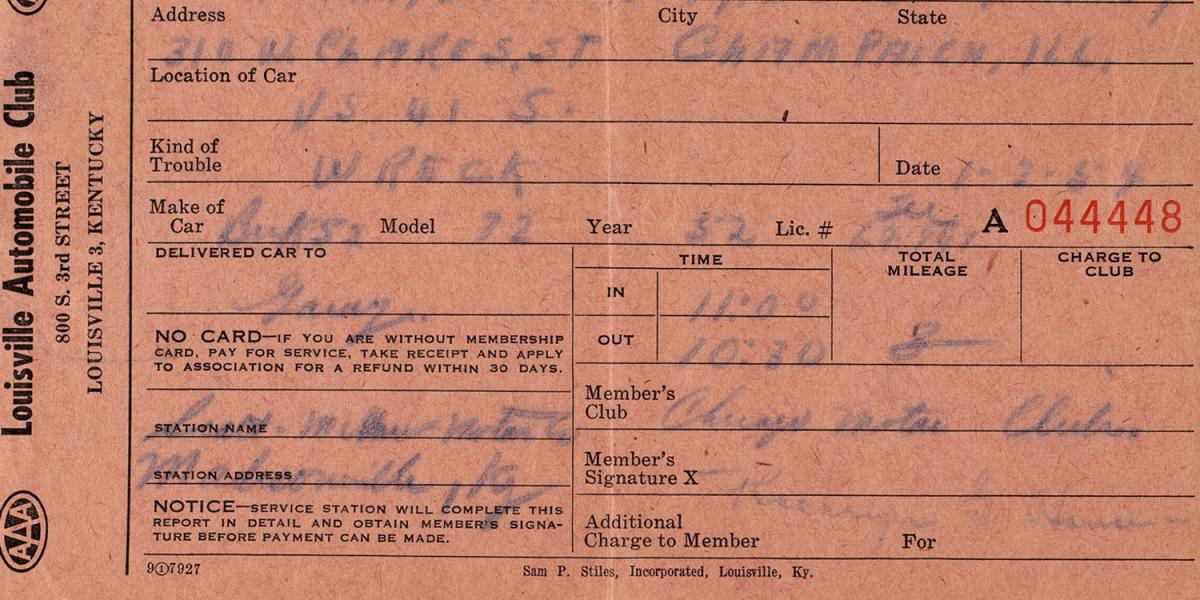In Delaware we have single stream recycling. Recently there have been some news stories about the problem of people attempting to recycle inappropriate or contaminated materials. Typically this means food residue or non-recyclable materials are present. There is potential for contamination with hazardous chemicals an issue that has long plagued the paper industry.
One type of contaminant was responsible for pollution of waterways in the 20th century: polychlorinated Biphenyls (PCBs) a group of hazardous chemical compounds used in commercial applications including caulks, fluorescent light ballasts, and inks! Their basic structure is a pair of benzene rings (picture a barbell made with 2 hexagons) with chlorine atoms attached in varying ways. The desirable property of PCBs is the stability of the molecule and strong resistance to heat.
The problem is the molecule does not break down, but instead persists in the environment. PCBs are soluble in fats and create even more dangerous chemicals when burned. Being soluble in fats, they are of particular concern, as they are frequently detected in human and animal tissue.
In the 1970s the use of Polychlorinated Biphenyls (PCBs) were banned, but the chemical continues to be a problem today. It has more recently been detected in yellow colored pigments, paints, and paper. Their presence is thought to be a byproduct formed during synthesis of the azo and phthalocyanine colorants, where chlorinated solvents are used.

Tthe problem of PCBs and other hazardous materials exists in archives. Carbonless copy paper (CCP) was made with PCBs. Also known as “No Carbon Required” paper, or NCR paper, it typically had purple text. It was mostly used to duplicate business forms. The top copy was typed or written upon and the pressure subsequently burst ink bearing capsules in the lower paper. It was considered less wasteful and cleaner than using a sheet of carbon between the paper layers. Some other names for the product, first made in 1954, are reaction-copy paper, color-reaction paper, and self-copying paper.
The solvent for the ink inside the NCR capsules was composed of PCBs until their use was banned in the early 1970s. The ink containing capsules were sometimes made of gelatin, formaldehyde resin, or polyurethane resin. Kerosene was also sometimes used as an ink solvent. Unfortunately, the presence of the CCP in the recycling system was responsible for severe PCB contamination in ponds and waterways including the Kalamazoo River where 110,000 pound of PCBs were eventually removed.
One study done before the PCB ban showed that American, Japanese, and British-made carbonless papers all contained the chemical. The study weighed papers before and after solvent extraction to determine the amount contained in the fiber. The study also quantified the amount of PCB transferred to fingers after handling a specific number of papers. Notable was the fact that PCBs were not fully removed by hand washing with soap and water.
Reported health effects linked with earlier versions of the CCP include respiratory and dermatological allergic reactions. It is assumed that modern formulations do not cause the same reactions. However, archivists and researchers need to be aware of the possible risks of the historic CCP papers, and should use disposable nitrile gloves when handling them. Cotton gloves are not a sufficient barrier to contaminants.
The NIOSH report recommends the following: ”Good industrial hygiene and work practices are likely to prevent symptoms from potent irritants (such as formaldehyde) that may be emitted from CCP. These include adequate ventilation, humidity, and temperature controls; proper housekeeping; minimal hand-to-mouth and hand-to-eye contact; and periodic cleansing of hands”.
For more detailed information on the health concerns, history, materials, and manufacture of CCP, read NIOSH report.
Related Resources
PCB Chemical Information
Inadvertent Polychlorinated Biphenyls in Commercial Paint Pigments
Laura Wahl is the Library Conservator at Hagley Museum and Library.
